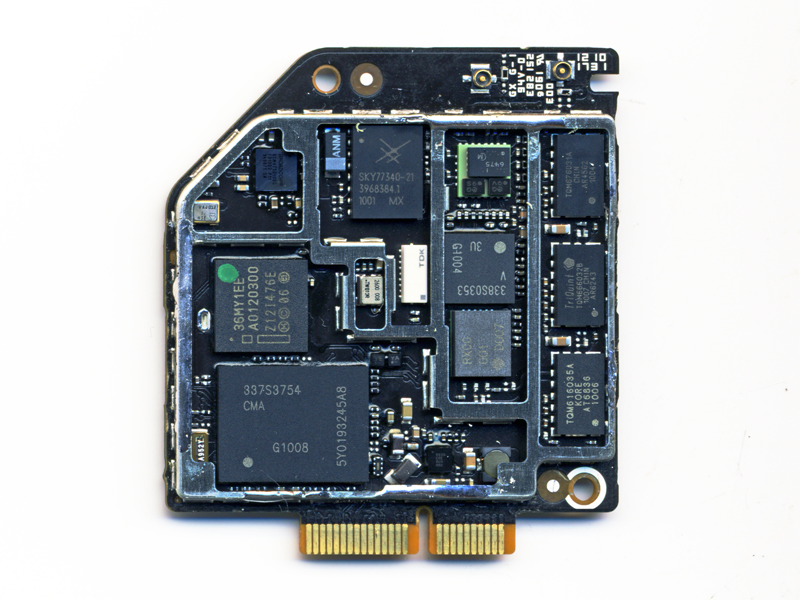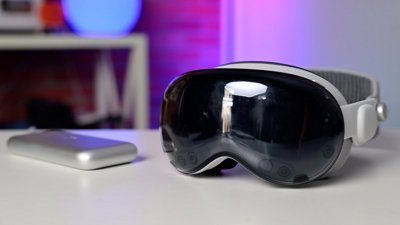Article Hero Image

Apple's iPad 3G, which went on sale in the U.S. on Friday, reveals a new approach to achieving optimal wireless reception and some interesting differences internally when compared to its Wi-Fi-only sibling, according to a new tear-down analysis.
Most of the differences are due the iPad 3G's additional 3G / GPS functionality, said iFixIt, which also noted the following highlights from its internal examination:
- The immediate visible difference is the inclusion of a black plastic RF window on top of the iPad for better antenna reception.
- The black RF window significantly changes the opening procedure. You cannot start separating the display using the notches on the top (Ã la Wi-Fi version), since that will undoubtedly break the RF window. You have to start from the right side and gingerly proceed to the top and bottom of the iPad.
- There are actually FIVE antennas in this iPad:
- Two antennas handle the cell reception — one is in the RF window on top, the other attaches to the LCD frame.
- A single GPS antenna is also housed in the RF window on top.
- Just like the iPad Wi-Fi, there are two antennas that handle Wi-Fi / Bluetooth connectivity, one in the Apple logo and another to the left of the dock connector.
Apple looks to be using the entire LCD frame as an antenna. This approach draws parallels to Apple's decision to also mount a wireless antenna to the frame of the optical drive on its new MacBook Pros.
Apple uses the same 3G baseband processor in both the iPhone 3GS and the iPad 3G.
The baseband processor in question is the Infineon 337S3754 PMB 8878 X-Gold IC. It was actually white-labeled on the production unit, but with enough sleuthing iFixIt was able to confirm its true identity.
The iPad 3G has a Broadcom BCM4750UBG Single-Chip AGPS Solution, whereas the iPhone 3GS uses an Infineon Hammerhead II package — a big win for Broadcom.
Apple did not change any major suppliers between manufacturing the pre-production unit they provided the FCC and their final production run.
New to the 3G iPad, there's an antenna attached to the backside of the display assembly.
 Apple soldered the EMI shield onto the communications board, making it challenging to show the chips.
Apple soldered the EMI shield onto the communications board, making it challenging to show the chips. The iPad's SIM card measures 12mm x 15mm. That's just under half the size of the standard size SIM card from an iPhone 3GS.
The iPad's SIM card measures 12mm x 15mm. That's just under half the size of the standard size SIM card from an iPhone 3GS. The iPad 3G completely torn down.
The iPad 3G completely torn down.
 AppleInsider Staff
AppleInsider Staff
















 Mike Wuerthele and Malcolm Owen
Mike Wuerthele and Malcolm Owen
 Amber Neely
Amber Neely
 Bon Adamson
Bon Adamson
 Andrew Orr
Andrew Orr


 Malcolm Owen
Malcolm Owen









35 Comments
cool..
You have to start from the right side and gingerly proceed to the top and bottom of the iPad.
When these people say "gingerly", I'll assume they mean something on par with neurosurgery.
I wonder if the 3G's WiFi signal is better and by how much.
PS: I forgot about the antenna attached to the ODD frame in the new MBPs this might make today's project a little tricker.
The only thing I keep thinking when I look at these teardown pictures is why the heck they didn't make a more useable, smaller version of the iPad at the same time? Take out one of those batteries and shrink the case (it's half empty anyway), and you'd have a paperback sized device you could actually type on comfortably while standing up which has always been one of the central and yet elusive goals of tablet computing.
Ask any real writer what they think of the iPad and they'll tell you it's really only okay for the occasional typing task. Something a bit smaller that you can actually thumb-type on would enable proper portable computing, and allow you to actually be productive instead of just watching crappy movies or play games on the couch.
The only thing I keep thinking when I look at these teardown pictures is why the heck they didn't make a more useable, smaller version of the iPad at the same time?
They have. It's called the iPod Touch. It's unlikely they'd scale down the iPad, as it'd then just be an iPod.